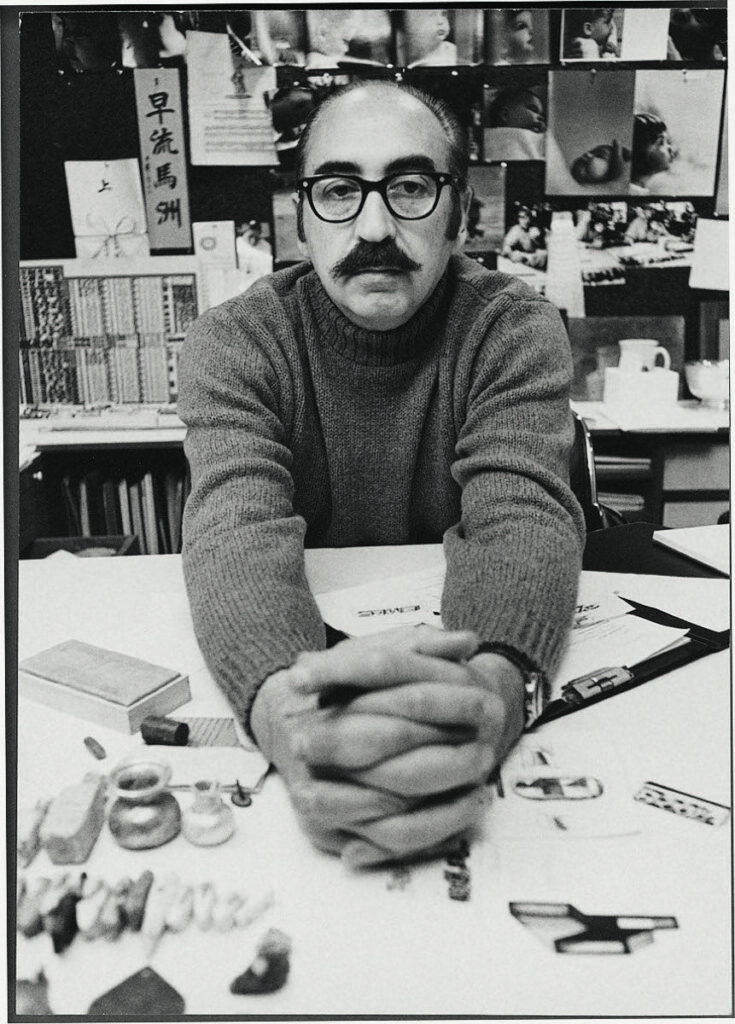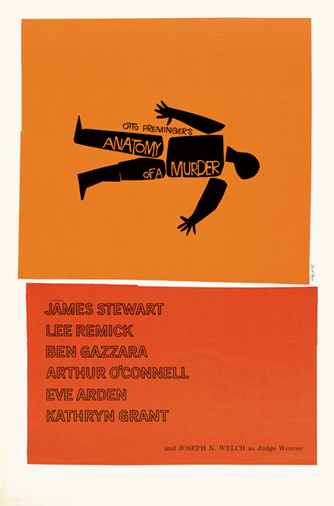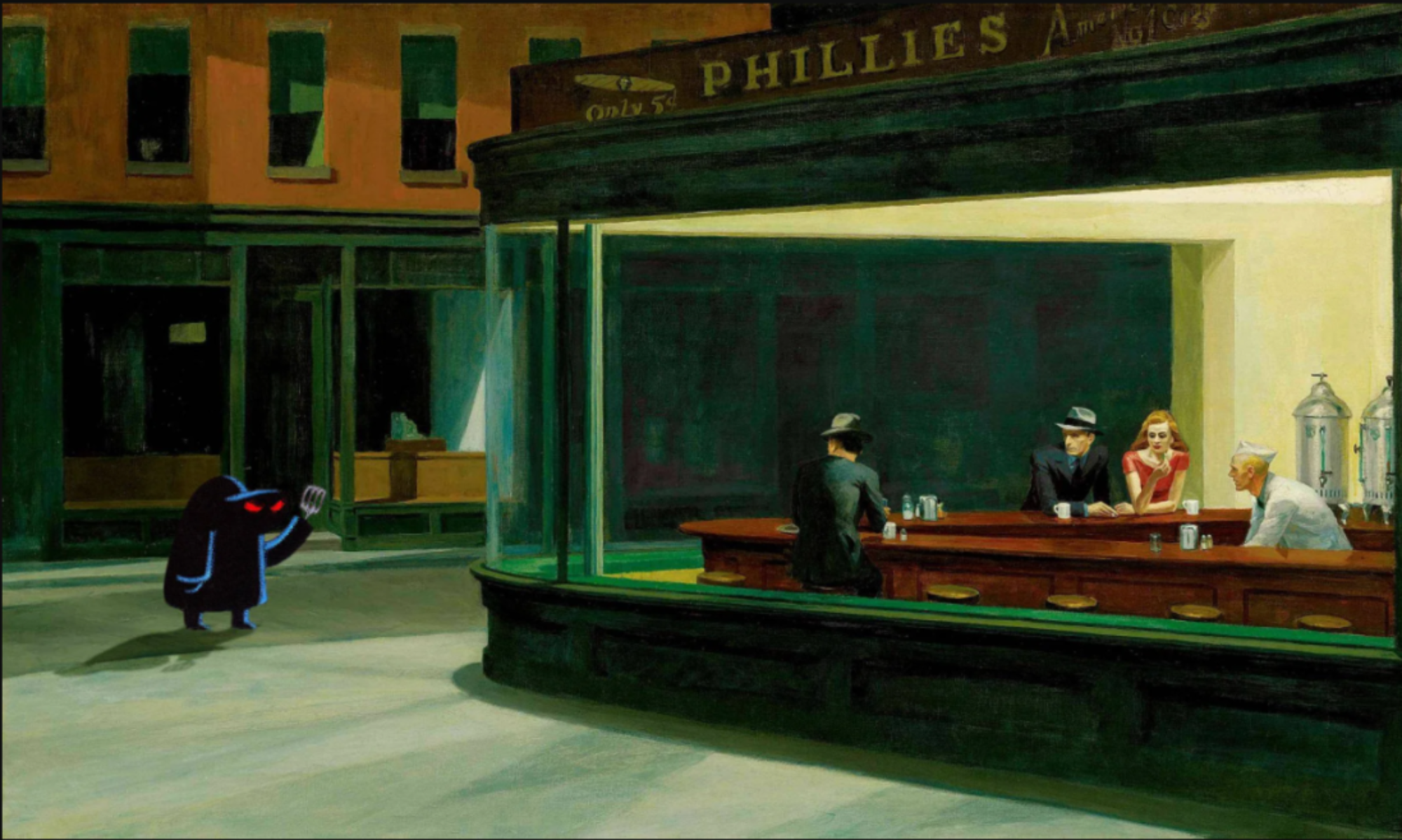Design the process of creating a plan or specification which in return becomes a prototype, product, or process. Designers may deal with different aspects of design or even use different softwares, methods, and tools and whether it be an industrial designer, a packaging designer or a graphic designer we all have one thing in common: the desire to design. And this desire to design has created designers like Saul Bass, Paul Rand, Tony Dispigna, Paula Scher, and Ruth Ansel all of these designers are either pioneers of design, world famous for their designs, have been inspiring designers for years, or all three. All these designers have inspired me in one way or another but out of all these designers one person’s work has always left me in awe time and time again and that is Saul Bass.

I decided to do Saul Bass as the designer that I would research because not only is Saul Bass known as a pioneer in the industry but he’s been designing and perfecting his craft for a very long time. He has variety in his work from working on posters to working on movie intros to working on representing extravagant events like the Oscars and through posters to working on logos for famous corporate companies. He has also received critical acclaim for his work in the productions he has involved in. I not only choose Saul Bass because of his work but he personally inspires me and his success inspires me as well. As an aspiring graphic designer I want to be able to work in productions like he has done and work on representing events like he has also done.

Saul Bass was born on May 8th, 1920 in Bronx, New York and passed away on April 25th, 1996 in Los Angeles, California from non-Hodgkin’s Lymphoma at the age of 75.(MOMA) Saul Bass was an American graphic designer and an Oscar award winning filmmaker but best known for his opening sequences, movie poster, and corporate logos. During Saul Bass’s 40 year stint in the industry he has worked with some of the most prominent filmmakers we know today that include filmmakers like Alfred Hitchcock, Otto Preminger, Billy Wilder, Stanley Kubrick and Martin Scorsese.(MOMA) He has also designed logos for companies that we know today or that were big in his time.
Beginning title sequences in movies have always been prominent no matter what decade or year you lived in or are living in but throughout movie history they have evolved. They have started from simple text on screen with music to show the filmmakers involved and the actors involved. To movie intros that give us a insight to what the movie has entailed for us and sometimes there is no movie title sequences like director Christopher Nolan in his Batman trilogy he is known not to use movie title sequences but a recent movie that had a very stylist movie title sequence is Spiderman into the Spider Verse directed by Bob Persichetti, Peter A. Ramsey, and Rodney Rothman there title sequence really set the mood for what the movie will entail and that is reminiscent to what Saul Bass did for the title sequences he created. The title sequence that Saul Bass created was revolutionary as instead of just being an introduction to the cast and the filmmakers involved he used it to set a mood for the story that the movie was going to tell and still manages to introduce the cast and filmmakers.
Saul Bass created some of the most famous title sequences that are known around the world, one of them being the Goodfellas, although the title sequence happens quite quickly and ends quickly it gives you a sense that something intense and fast paced is going to happen and that is giving us a mood of the movie. Another title sequence that Saul Bass worked on is Psycho and for this title sequence you feel an intensity and animosity that is only conveyed through the green graphics and white typography that is used. One final movie intro that I know is Casino when it begins with a “soul, rises and falls within a fiery Las Vegas purgatory. Between his ascent and descent, the flames dissolve into a montage of surreal neon lights that capture the city’s throbbing assault on the senses”(Art of the Title) the feeling that is derived from this sequence is the feeling of despair and anxiety with all the color that the main character experiencing after the initial explosion send him up in the air and he begins falling. All these movie intros have a mood that it creates and that was so revolutionary because instead of just seeing words on a screen he made you feel through the visuals and the music. I mention all of this because it is just something that applies to me to be able to work with multiple different productions and different types of art is inspiring.

I mentioned how Saul Bass worked in many different areas of graphic design because not only was he a master at title sequences but he also created these magnificent logos for well known companies that we know today or where well known back then. For instance he created one of AT&T’s logos, he designed one of Warner Studio’s logos, he designed a logo for Kleenex, and designed many more logos for other companies that used his logos as their company’s identity for decades upon decades. Saul Bass was not only able to make phonomental title sequences but also create these outstanding logos that were used for decades.


Posters in the 1920s, 1930s, and early 1940s were always full of information and always messy, full of color, and typography was everywhere. Saul Bass has had an effect on how posters are designed today whether they are event posters, movie posters, and/or political posters. The posters he designed had a feel of minimalism to it and there was always just enough to leave you pondering about what the movie or event it is about or what it has to offer. He also was explicit with the typography that he used; it always used to convey a message on what the poster was meant to make you feel. The color he used was always intentionally meant to complement what he was showing on the poster. The Anatomy of Murder movie poster and the Vertigo movie poster convey his design the best. The Vertigo movie poster for instance places a male figure and a female figure in an endless loop with an orange background it gives you the feeling of vertigo while teasing a story with a male and female character and yet it uses typography that is shaking giving a feeling of shakiness or the feeling of vertigo. The Anatomy of Murder poster shows a man silhouette in pieces displaying to us that man was severed into pieces with a white, yellow, red background which reminds me blood and skin. These are just some ways that Saul Bass was able to change the way posters were designed.
Saul Bass a world renown graphic designer that was a pioneer in the industry and was able to recreate the way people designed movie posters, started title sequences, and logos. Saul Bass was just one of the pioneers of the graphic design industry there were and are many more innovators in the design industry. Spanning from Paul Rand, Tony Dispigna, Paula Scher, and Ruth Ansel all pioneers of the industry. And yet I choose to do my essay on Saul Bass because I found him and his work most interesting. He was also very diverse and that is also inspiring because I feel like I never want to be working on the same type of projects for decades.




